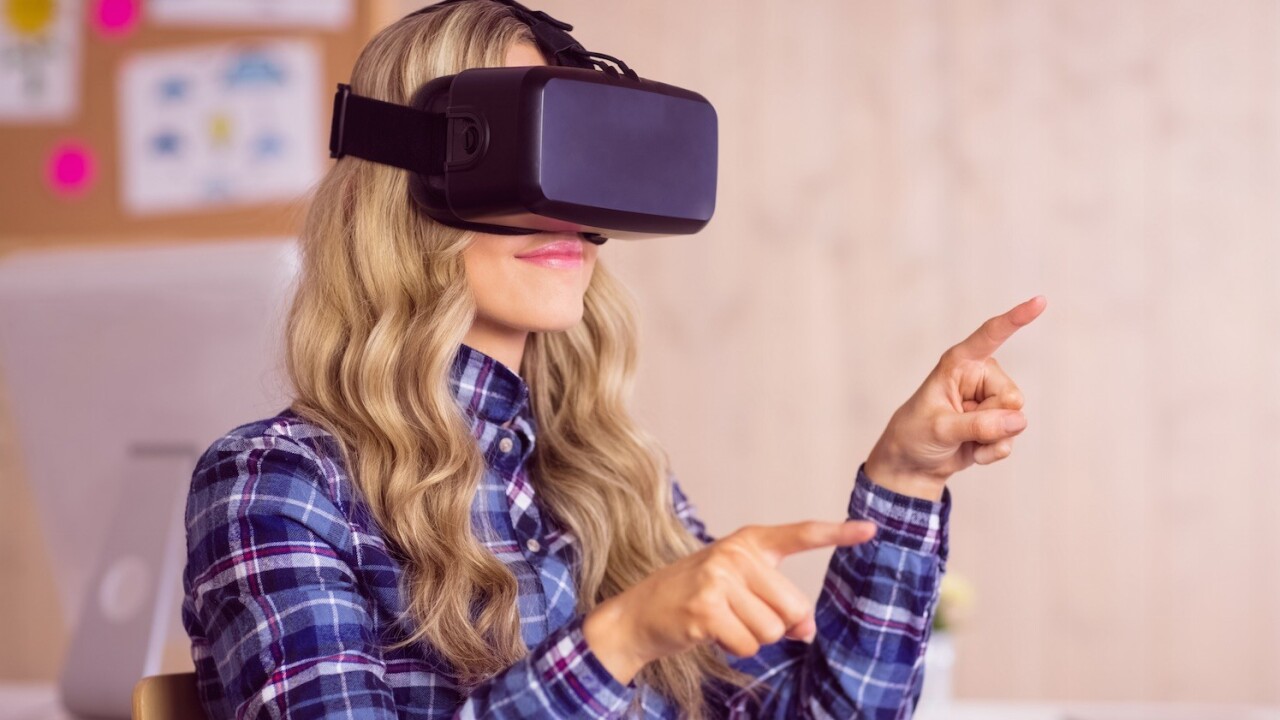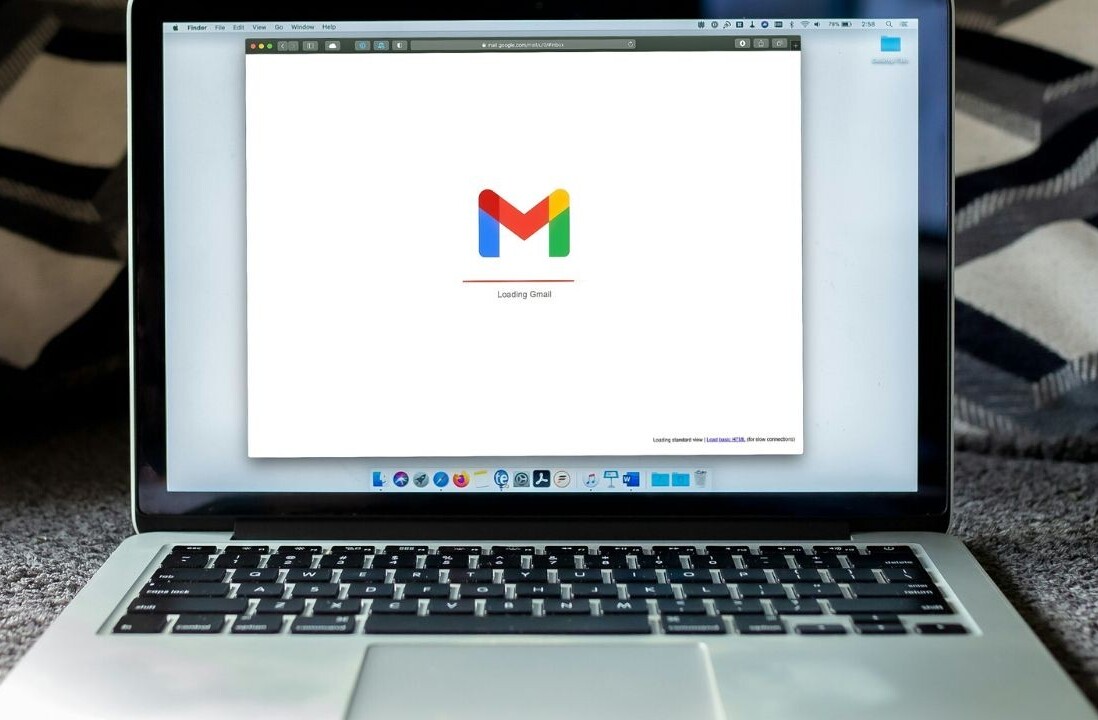
The virtual reality display manufacturer Oculus made news in July when it was announced that the company, owned by Facebook, had acquired the 3D gesture and tracking startup Pebbles Interfaces for a whopping $60 million. This buyout is one of the latest in a series of companies working in the field of VR that have been snatched up in recent months by companies like Oculus: What are they up to?
Up to this point, the whole VR field has been treated with a fair amount of skepticism, with many remembering the early ‘90s when clunky forms of VR systems were presented as the next stage in gaming before being quickly discarded in favor of faster versions of the standard consoles. While different developers have continued to work on VR related projects, they gained little notice until Facebook joined the party with their 2014 purchase of Oculus for a price tag of $2 billion and 23.1 shares of Facebook stock.
The intrigue surrounding Oculus and it Rift console is its promise of adding a new dimension to the world of gaming. So why has the social media and advertising giant Facebook taken such a keen interest in VR and what does this say about the future of the technology in consumer culture? Ultimately, is this the right move, or is Facebook making a similar mistake to Google’s Glass?
Getting to know the new kid on the block
In full disclosure, I am probably the furthest thing from a gamer. I can count on both my hands the number of times that they have ever held a controller in them. So in looking to judge the potential future of the Oculus Rift, I spoke with Yossi Preminger, who is considered one of Israel’s top VR UX consultants. He invited me over to try out his Rift and explained why this round of exploration into VR is different from the last.
“The feeling of real immersion in the virtual world is really such a key element of why the Rift is so groundbreaking” says Preminger. ”In the previous generation, users were simply looking at a 3D screen. Now the technology makes it possible to offer a much more comprehensive experience.”
Preminger started me off with a simple scenario where I was sitting in front of a desk. I was unable to shake the fact that I knew that none of it was real, feeling disappointed that I failed at picking up the pencil in front of me. However it was when he put me on a roller coaster and I felt my stomach clench up as the car plummeted into its descent that I began to understand the true impact that the system was having on me. Suddenly being given a 360-degree view of my surroundings was unsettling yet amazing.
Preminger explains that Oculus “first gained attention in 2012 at the Electronic Entertainment Expo when John Carmack of Doom fame used an early version of the Rift to show off Doom 3 at the convention. Soon after wowing the crowd with the prototype, Rift designer Palmer Luckey launched his campaign on Kickstarter, raising nearly $2.5 million. Expecting to receive orders for 100 or so units, the first designer kit (DK1) model pre-sold some 9,500 units.”
Break out power

While the excitement within parts of the gaming community over the next generation of VR tech has been palpable, it is unclear right now if it will branch out into the mainstream. Preminger notes that it is unlikely to become massively popular in the very near term, answering that, “It’s complicated. It will take a while for it to break out. Even if they make one or two million units, it will remain a niche sector in comparison with other consumer devices. But within the next two years, it will become a lot more accessible to the public.”
Like most consumer devices, VR is going through its growing pains. “It’s still at the early adopters stage. At a current cost of $400, it’s not that expensive,” Preminger notes. While some VR is gearing towards mobile use by 2016, such as Oculus’s Gear VR for Samsung smartphones, most VR applications, and the better ones, still require heavy computing power. He asserts that, “Right now it takes some serious computing power to handle the programs … so long as people have to remain connected to their computers or TVs, it will remain limited.”
He adds, “The big jump is dependent on Google. A mobile OS like Android is not at a level that can run smoothly enough to jump between games and other applications.” Ultimately, he believes that, “We are likely to see mobile VR in 2017 after they have fixed these issues.”
Google has already started laying the groundwork for their entrance into VR with their Cardboard initiative and are encouraging developers to start creating content.
Why is Facebook so interested in it?
Virtual reality is hardly the first topic to come to mind when thinking about the social media giant. That said, future thinking and seeking out new platforms for their services are definitely part of their DNA.
“This is really a new communication platform,” Zuckerberg said in a post after the acquisition, “By feeling truly present, you can share unbounded spaces and experiences with the people in your life. Imagine sharing not just moments with your friends online, but entire experiences and adventures.”
“It was a brilliant yet obvious move by Zuckerberg,” says Preminger. “Virtual reality is an incredible way to interact socially with others. Facebook’s business is communication and this tech can help their users share even richer content with each other.”
Like Google, Facebook has recognized the potential of the technology not as it is now, but in future models that will be far less bulky and widespread among users.
Are these just rose colored glasses?

Not everyone has jumped on the Oculus bandwagon. Ranging from the practical to the skeptical, a number of issues could get in the way of VR becoming the new hot medium.
One of the highest profile critics of Oculus has been James Cameron, who last October called it “a yawn”. Cameron has stated that he has not seen any potential for a new kind of interaction for movie goers that would justify excitement over the VR platform, and that there has not been any real movement in producing content for this format.
Andrew Whalen comes at VR with the opposite critique, saying that the experience of watching movies could be too interactive. By giving the viewers too much control, he says that directors would lose their narrative tools to focus the audience’s attention on key aspects essential to the storytelling.
Even harsher, video game designer Denny Unger believes that there are health risks to using the device. Specifically, he is concerned that a user could have a heart attack during the immersive life-like experience. Some scenes in a game could be too sudden, shocking, or scary, causing an unhealthy person to collapse. This is a serious threat that as VR technology becomes more seamless, developers and their lawyers will have to consider.
From a feminist perspective, Dana Boyd has made the claim as it has been designed, VR technology is sexist since it is set for a male brain. She cites studies where many more women than men have become nauseous when using VR systems, likely due to differences in depth perception. While this theory still needs more testing, making sure that Rift and other devices are equally attuned for both men and women alike is crucial. As more female gamers join the crowd, meeting their needs should be an industry standard.
Perhaps one of the most significant obstacles to the widespread adoption of the Rift is that it requires a heavy duty PC to get that smooth game flow. This level of computing power does not come cheap, and can be cumbersome for users looking to bring their system with them to a friend’s house. Becoming a self contained unit will be an essential part of VR gaming in growing up. As noted above, the move to improving mobile OS will play a big role in making this type of platform more accessible to the masses.
Taking the next steps
The final VR product is not yet fully ready. Companies like Oculus have models and are ready on the technical side, and are expected to start sales in Q1 of 2016.
The DK2 model has been in circulation for the developer community, and the consumer version is expected to ship in Q1 of 2016. The new model will likely cost somewhere between $300 to $400 and come with a number of improvements that make it lighter and more responsive. It will include an XBox controller and headphones. Users can also buy Touch handsets, a new intuitive concept that adds a level of fluidity and control unique to the Rift experience.
Not to be left out as the only ones in the game, HTC’s Vive and Sony’s Project Morpheus have come up against Oculus as competing devices. iFinity is working on VR with a very wide field of view as a part of their smart cities projects. Other groups that are experimenting with Open Source Virtual Reality, or OSVR, include companies like Sixense and Razor, both of whom are pushing for more open source VR development. Since Samsung is partnering with Oculus, they are unlikely to be in direct competition at this point.

It is also worth mentioning that since 1993, there has been constant use of VR in the business world. Its use has been focused in sectors like the military, higher education, and medical. In manufacturing, it can play a key role in the planning process when drawing designs, especially in auto and aero design where using virtual mock ups can save time and money.
Concerning potential general interest users, Preminger notes that the VR platform can appeal to everyone. It’s important to state that it’s a medium. It has a wide range of uses and allows for all kinds of interaction that previously were not available.
Where does it go from here?
New technologies deserve a healthy dose of pessimism and even potentially good ideas can end in poor execution.
After a 20-year break from the consumer market, it looks like VR is ready to start its comeback. This will be an uphill battle and is unlikely to catch on quickly, but once it does, it can be expected to change societal interactions and the way we experience the world around us.
Read Next: Oculus buying ‘virtual hands’ tech is cool but we still don’t know how many people really want VR
Image credit: Shutterstock
This post first appeared on Geektime.
Get the TNW newsletter
Get the most important tech news in your inbox each week.





